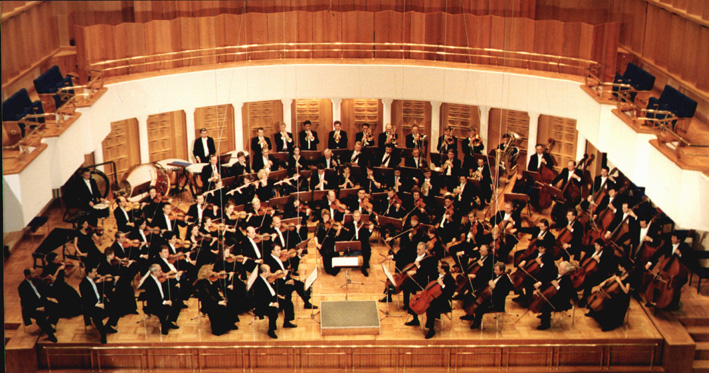|
|









|
|
|
|
|
Bilkent Symphony
Orchestra Concert Plays on November 20 |
|

Program for
Tuesday, November 20
Conductor: Ernest Martinez Izguierdo
Guitar: Costa Costiyalis
M. de Falla / “Suites Homenajes”
J. Rodrigo / “Concierto de Aranjuez”
M. de Falla / “Üç Köşeli Şapka”
Bilkent Concert Hall, 8 p.m. For more information and
reservations, call 266-4382. |
On November 20, the Bilkent Symphony Orchestra
will bring a little Spain to Turkey.
Manuel De Falla, a well known Spanish composer, was
born in 1876 in Cadiz, Spain and passed away in Argentina in 1946.
One of the important creators of 20th century classical Spanish
music, his formal musical training began with the piano at a very
early age. In 1904, Falla’s opera entitled “La Vida Breve (Life is
short)” won the Real Academia de Bellas Artes composition
competition.
In his “Suites Homanajes”, Manuel De Falla recognizes his
friends and their support during his days as a struggling artist.
Sections of “Suites Homanajes” were dedicated to the famous Spanish
conductor E.F.Arbos on his 70th birthday, along with C.Debussy,
P.Dukas and F.Pedrell in 1938.
The first part called, “Allegro Con Brio”, begins like a
ceremonial (Farfara). The main theme is composed of 7 voices which
symbolize the 7 letters of E.F Arbos’s name. The second part, “Mesto
e Calmo”, is more harmonial and lyrical. The third section “Andante
Molto Sostenudo” is based on a piano sonata. The music is
melancholic with a lyrical content. The fourth and last section,
“Moderatamente” offers more in the way of calm, thematic material,
and finishes the suit in a most striking way.
When he was asked to compose a piece for the Russian
ballet in 1906, De Falla composed “El Sombrero de Tres Picos (The
Three-Cornered Hat).” It was successfully produced in London in
1919, with choreography by Massine and stage designs by Picasso. The
joyful composition is rich in colorful dance scenes and in tonal
content. It is based on a story by Pedro d’Alarcon which takes place
in Andalusia in the beginning of the 19th century. Focusing on the
amorous adventures of Corregidor (Mayor), “The Three-Cornered Hat”
expresses the authority of this self confident man. Joyful dances
are performed in the folk dance style of the Segedilia. The first
part is distinguished by the richness of the content of the melody,
the originality of rhythmic structures, and the vividness of the
instrumental arangement.
The second part (Poco Vivo) is the solo dance of the miller.
It includes a dance which symbolizes the miller’s brave character.
The third section, (Poco Mosso), is a dynamic symphony, reaction to
the joyful ambience of the folk festival. It is here that De Falla
uses all the members of the orchestra for the first time in order to
effectively recreate the sound of folk festival.
Joaquin Rodrigo, the renowned Spanish
composer and pianist, blind from the age of three, is best known for
his concertos for the guitar. He won “The National Award” in 1925
with “Beş Çocuk Parçası” which is composed for the orchestra.
Rodrigo worked with Antioch in Valencia and with Dukas in Paris.
Rodrigo’s “Concierto de Aranjuez” written in 1939, is one of his
best known musical arrangements for guitar and orchestra. “Aranjuez”
is the name given to royal entertainment palaces, and the general
structure of the concerto focuses on aspects of these palaces. The
first part (Allegro con spirito) is an attractive composition full
of rich rhythms. The second part (Adagio) is distinguished by the
“kadans” added to the traditional Spanish folk-lyrical tune. The
third part (Allegro gentile) returns to a rich use of rhythm, and is
embellished by Spanish palace dances.
The other famous compositions of J. Rodrigo are “Per la Flor
del Iliri Blau”, a symphonic poem and “Concierto Andaluz” which is
composed for four guitars.

| |
|

|







